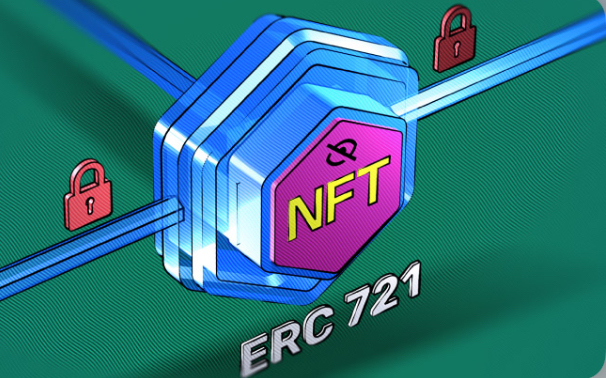Wahrstatter proposes using zk-SNARKs, a kind of encryption.
Vitalik Buterin, one of Ethereum’s co-founders, praised Wahrstatter’s concept.
Anton Wahrstatter, an Ethereum researcher, came up with a new proposal for an ERC-721 extension that would incorporate “stealth” addresses to hide public blockchain transactions incorporating non-fungible tokens (NFTs).
There is currently no way to deploy ERC-721 stealth addresses for non-fungible (NFTs) on the Ethereum platform. Wahrstatter proposes using zk-SNARKs, a kind of encryption that focuses on privacy.
No Transaction Details on Public Blockchain
An NFT’s “stealth address,” a one-time address used for each transaction, is inserted into a Merkle tree which is a data structure used for data verification and synchronization), allowing for NFTs to be sent, stored, and burned without leaving much of the transaction details on the public blockchain, per the proposal.
Vitalik Buterin, one of Ethereum’s co-founders, praised Wahrstatter’s concept as “a low-tech approach to add a significant amount of privacy to the NFT ecosystem” when it was still a notion.
Buterin tweeted:
“Idea: stealth addresses for ERC721s. A low-tech approach to add a significant amount of privacy to the NFT ecosystem. So you would be able to eg. send an NFT to vitalik.eth without anyone except me (the new owner) being able to see who the new owner is.”
Buterin, on the other hand, has a few reservations about Wahrstätter’s plan, stating that “with much lighter-weight technology” might likely achieve the goal of anonymous NFT transactions.
Buterin added:
“In order to conceal the relationship between the sender’s and recipient’s very visible public identification (thus, you may send an ERC-721 to ‘vitalik.eth’ and I can see it, but no one else can know that vitalik.eth got an ERC-721; they will only see that someone received an ERC-721).”

